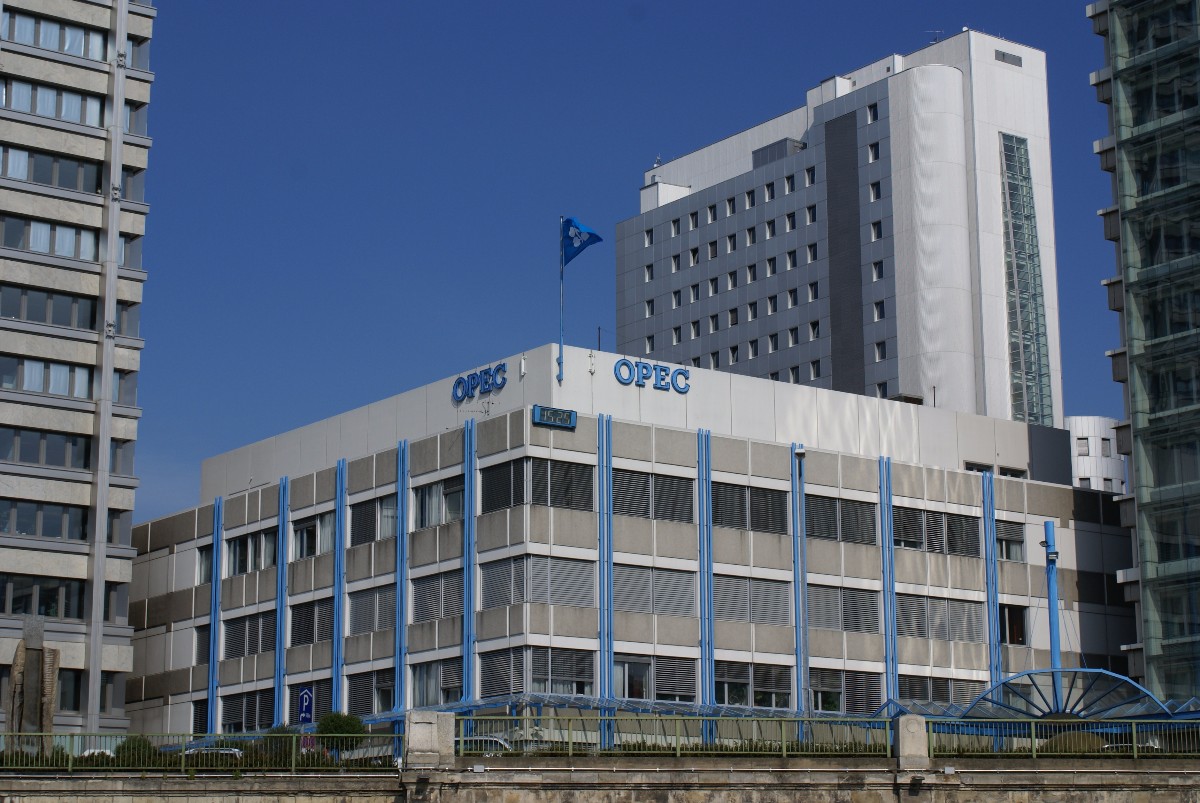 OPEC Headquarters in Vienna, flickr, alex.ch
OPEC Headquarters in Vienna, flickr, alex.ch
Why Did Saudi Arabia Fold in the OPEC Negotiations?
When OPEC members met in September in Algiers and agreed to cut oil production to 32.5 to 33 million barrels per day, a daily global supply cut of approximately 500,000 barrels, a complicated negotiation process began between OPEC members and major oil producing non-members. This was the first OPEC agreement to manage market supply in two and a half years, and almost immediately disagreements between the involved parties cast doubts over whether there would be a production cut at all. However, in November, many were proven wrong as negotiations in Vienna produced promising production cut agreements. And it appears Iran benefited the most.
Regional tensions between Iran and Saudi Arabia had led to a negotiation standoff, and the global markets responded as investors all over the globe have reacted to new developments in negotiations and statements made by OPEC nations and other global oil producers, like Russia. It was clear that the outcome of the standoff would be decided by Saudi Arabia due to its relatively weaker bargaining power.
Seventy percent of Saudi government revenue is derived from oil, and oil’s declining price has prompted moves to diversify the Saudi economy, particularly the financial sector. However, oil dependence is not easily reversed and Saudi Arabia still has an invested interest in deterring the fall in oil demand. While this does not always necessitate the preservation of high oil prices, in this instance higher oil prices are Saudi Arabia’s goal.
The standoff? Saudi Arabia had been using horse trading tactics to pressure other OPEC nations and Russia to share the burden of oil production cuts, when historically, Saudi Arabia has been the sole nation to manipulate oil prices with its supply. The major exception occurred in 2014, when Saudi Arabia allowed the declining price of oil to plummet, perhaps as a way to pressure Iran in the midst of P5+1 nuclear negotiations.
Iraq, which has been granted exemption from production cuts due to internal political and military disorder that has plagued the country for the past two decades, is again refusing to cut its own production. Falah al-Amir, Iraq’s OPEC governor, has previously stated the financial strain of fighting the Islamic State makes cutting oil production impossible, and that Iraq would not cut production for OPEC or “anybody else.” This would not necessarily be a problem, if its decision did not bolster the demands for exemption by Iran and Russia.
Iran’s economy is more diversified than most oil producers in the region, with some sources quoting dependence at twenty-five percent. While an increase in prices would greatly benefit the Iranian economy, Iran’s long term economic goals are more in line with securing economic ties with Europe. A goal that is only now accessible because of the Iran Deal, and overshadows the economic value of temporarily high oil prices. Iran is unwilling to cut this opportunity short in the pursuit of market cooperation with its rival, Saudi Arabia. And Iran’s gamble that Saudi Arabia’s dependence on oil would force it to make the oil cuts on their own has paid off.
Russia is currently the largest global producer of crude oil (a title that fluctuates between Russia, the United States, and Saudi Arabia), and it appeared that pressure from Saudi Arabia for Russia to cut its oil output would be ineffective. Until OPEC’s November 30th meeting, Russia had only agreed to freeze the oil production, not lower it. It appeared as if the Russian economy’s growth goals were dependent on its oil sales and that oil fields in Siberia risked damage if unused. However, Russia’s oil output prior to the November 30th meeting hit record highs, and the Kremlin decided that the tradeoff between oil output and low prices could be improved through an oil cut. Additionally, Russia could be trying to reengage in the Middle East, and working with Saudi Arabia and oil exporters is a step in that direction.
OPEC’s meeting in Vienna on November 30th was a test of Saudi Arabia’s resolve on this issue. The meeting’s results reveal the relative geostrategic positions of Iran and Saudi Arabia, and imply that Saudi Arabia’s unstable long term financial position makes commitment to this regional competition less of a given than it has been in recent decades.
The results of the meeting were immediately picked up by investors, as the price of oil jumped to $55 due to optimism in the futures markets. However, the price of oil may not stay this high. If recent history holds, OPEC members and non-members may not stick to the production cuts they have agreed too. In addition, the major oil companies in free market states like the United States and Canada have no obligation to not flood the market with their resources to take advantage of temporarily high prices, pushing the price back down. These negotiations were not only an indicator of Saudi Arabia’s geopolitical status, but of the relevance of OPEC in a global economy.





